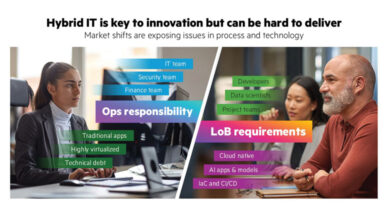Remote working the wish of Irish employees

The Covid-19 pandemic lockdowns changed the way of working for a generation of Irish workers. Whilst previously working in an office everyday was a matter of routine, remote working was seen to be a key means of bridging the gap many workers feel existed in work-life balance.
Leo Varadkar TD, in his role as Minister for Enterprise, Trade and Employment, stated his ambition in the foreword of the National Remote Working Strategy, which was “mandating that home and remote work should be the norm for 20 per cent of public sector employment”, in addition to legislating that workers should “have a right to request” remote working.
The strategy, which was launched amid the popularity of remote working through the pandemic, reported that 94 per cent of workers in Ireland who engaged in the process were interested in having a right to remote working.
The Right to Request Remote Work Bill 2021 is the subsequent legislation which has emerged with the aim of ensuring that remote working is more accessible for employees. It is, however, slanted towards ensuring that the interests of employers are protected, and that employees are not automatically entitled to remote working, rather merely guaranteeing a right to request.
The Bill includes one of the provisions for rejection as “burden of additional costs, taking into account the financial and other costs entailed and the scale and financial resources of the employer’s business”.
The employer is mandated to respond to the employee’s request within 12 weeks, and is given a number of acceptable reasons for which an employer can refuse remote work, including that remote work could have a “potential negative impact on quality of business product or service”.
Additionally, the employee is only able to prevail of the right to request remote work when they have completed half a year of continuous employment with their company.
There are a number of measures in the Bill which are designed to protect existing rights for employees and to prevent victimisation.
The first of these is a measure stipulating that an employee, in the event of their remote working request being rejected, cannot be penalised by their employer for requesting remote work.
The second is ensuring that there is no preferential treatment with remote work, and that there is a standardised approach to remote working in workplaces, and that there is a single policy which covers workers. The current proposal outlined in the Bill is to fine employers who do not publish their remote working policy to the tune of €2,500.
| Provisions of the Right to Request Remote Work Bill 2021: |
|
Head 6 (Minimum service levels to submit request): Employee must have completed 26 weeks of continuous employment before availing of right to request remote work Head 12 (Declining a request for remote working): Employer can deny remote work request if it “is not suitable on business grounds”. Head 14 (Requirement for employers to have a formal remote working policy): Requires employers to adopt a formal company policy on remote working, can be fined up to €2,500 if not done. Head 15 (Protection of employees from penalisation): Protects an employee for proposing to exercise or having exercised their entitlement to request remote working. |





